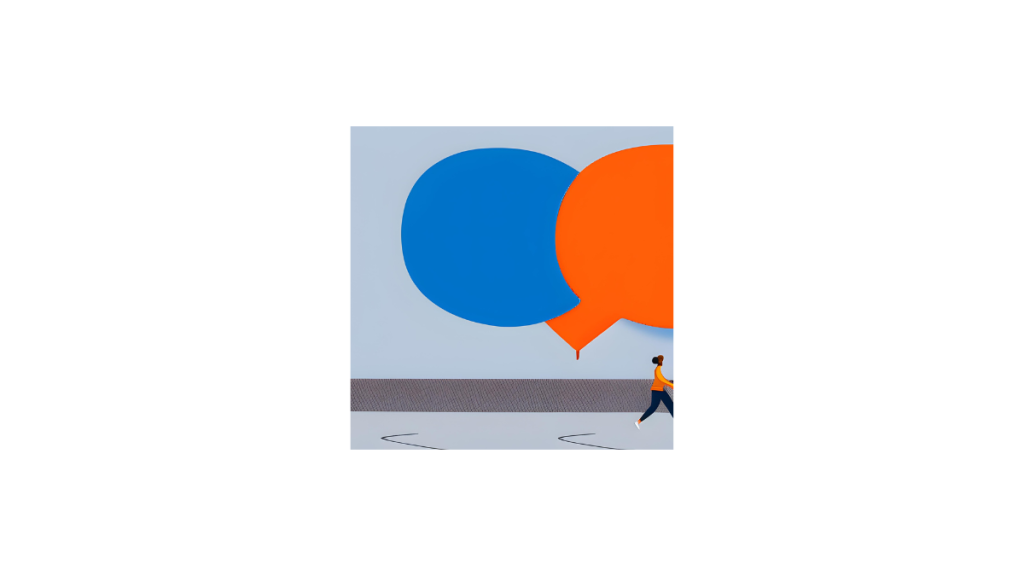SIGNS THAT YOU ARE LISTENING
Verbal and non-verbal cues of active listening, so that you will be able to adapt your communication style towards a better understanding and comprehension of your interlocutor.
SIGNALS
NON-VERBAL SIGNALS
Active listeners often show the following non-verbal signals:
EYE CONTACT
Eye contact shows the other person that you are paying attention to what he or she says and feels and, in addition, it can show sincerity. Combine eye contact with other verbal and non-verbal signals, show interest in what the other person is expressing.
LIGHT SMILE
This assures the interlocutor that the information he or she is conveying is being well received and motivates him or her to continue speaking. It therefore acts as a reinforcer, as well as giving a message of empathy.
RECEPTIVE BODY POSTURE
The position gives sender and receiver information in the communication process. The active listener tends to lean slightly forward or sideways while sitting.
MIRRORING
The automatic reflex or mirroring of any The speaker's facial expression can be a sign of attentive listening.. These expressive gestures seem to indicate sympathy and empathy in emotional situations. On the contrary, conscious imitation of facial gestures (non-automatic) seems to be a sign of inattention.
NO DISTRACTION
The active listener will not be distracted, The listener's attention is focused on the verbal and non-verbal signals emitted by the listener.
VERBAL SIGNALS
ISSUE WORDS OF REINFORCEMENT OR COMPLIMENTS
This type of verbalisation reinforce the speaker's discourse by conveying that one validates their point of view. Phrases such as "you did very well", "I like it when you are sincere" or "you must be very good at playing football" show attention on the part of the listener.
Although these phrases can be positive, should not be used excessively, as may distract the sender.
PARAPHRASE
Paraphrasing refers to verifying or expressing in one's own words what the speaker seems to have just said. In this way, it is possible to the sender informs the receiver whether the latter has understood the message correctly. An example of paraphrasing might be: "You mean you felt this way...".
SUMMARY
A person who has mastered the skill of active listening usually summarises what has just been communicated by the other party. This helps to make clear that you understand each other's point of view before putting forward your own.
ASK QUESTIONS
The listener can show that he/she has been attentive by asking relevant questions. In this way he/she can clarifying information that it has received and show interest in what the sender is trying to communicate.
QUIZ
After the question and before think of yourself.
You can also consult other Related TIPs.
Learn more about mentoring by downloading this free EBOOK.
Do you want to help an entrepreneur by sharing your experience as a MENTOR? get accredited now.
Are you an entrepreneur? If you need support to boost your business, apply now for your mentor.
Rate this TIP!
Click on the stars to rate
Rating "4" - Average " - Average4.5"
No votes yet, be the first to vote!
We are sorry you did not find it useful.
Help us improve this TIP!
Leave us a comment and tell us how you would improve this TIP










